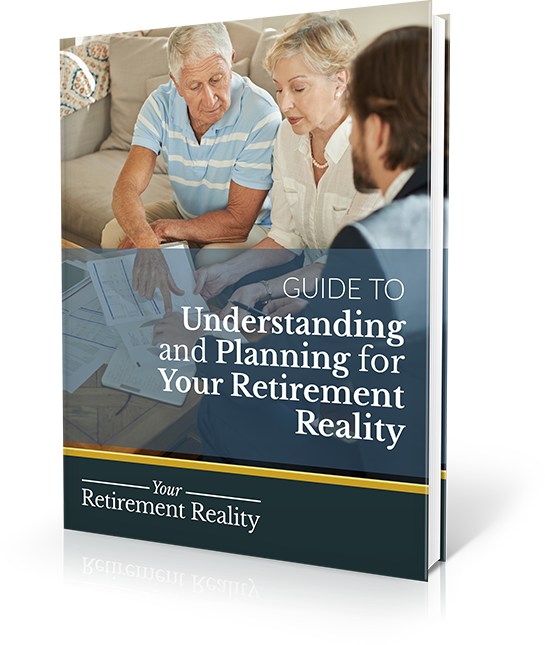What If You Don’t Need to Take Required Minimum Distributions?
If you’re nearing age 70½, you’ll soon reach an important retirement planning milestone. That’s the age at which you must start taking required minimum distributions, also known as RMDs, from your traditional IRA.
The IRS mandates the distributions at age 70½ for a very simple reason: the investments in your traditional IRA have likely been growing tax-deferred for many years, or even decades. You also may have received deductions when you originally contributed to the IRA. At some point, the IRS wants to collect taxes on that growth. Thus the mandate for distributions at age 70½.
Your RMD amount is based on the value of your IRA and your age. Your required withdrawal percentage may start fairly low, around 2 or 3 percent. As you age, though, the percentage will increase. If you live into your late 90’s, you may find yourself withdrawing a substantial portion of your IRA every year.
What are your options, though, if you don’t need the money? What if you have enough assets and income from other sources to live comfortably? Many retirees don’t enjoy withdrawing money they don’t need simply to pay taxes on it.
There’s no avoiding the RMD issue. If you keep the money in the traditional IRA and don’t take RMDs after 70 ½, you could face significant penalties. However, there are other steps you can take to make sure the money is put to good use. Below are three popular uses for RMDs if you don’t need the income.
1. Give it away.
Many people want to keep their funds in their IRA so they can eventually leave it to children or to their favorite charitable organization. You may not be able to keep it in the IRA, but there’s no reason why you can’t still give those funds away.
You could set up a gifting program to distribute the funds to your children or grandchildren on a regular basis. That way, you could see them put the money to use while you’re still alive. You might be able to help them get an education, start their own business or pursue some other dream.
You could also give the money to charity. That would help you get a deduction and offset some of the tax bill for making the RMD in the first place. Also, if you’re potentially facing estate taxes, you could alleviate the issue by getting the funds out of your estate.
2. Convert the IRA.
If you really want to avoid RMDs altogether, you could consider converting your traditional IRA into a Roth IRA. Contrary to popular belief, you can actually do a Roth conversion after you retire.
When you do a Roth conversion, you have to pay taxes on the growth that has accumulated within the traditional IRA. However, that’s a one-time tax payment. The funds are then converted into a Roth IRA where they can grow tax-free indefinitely as Roth IRAs don’t have RMDs.
3. Buy life insurance.
If you’re in good health and your ultimate goal is to leave as big of a legacy as possible for your loved ones, you may want to use your RMDs to buy life insurance. You could leverage the distributions to enhance the size of your estate. Although you would be paying taxes on the distributions, you would also be providing your beneficiaries with a tax-free benefit after you pass away.
If you’re unsure of what to do with your upcoming RMDs, contact one of our agents Your Retirement Reality. As full-service financial professionals in Texas, we’ve helped many retirees develop retirement distribution strategies. We look forward to helping you and your family reach your goals. Download our complete Retirement Reality guide here.
This information is designed to provide a general overview with regard to the subject matter covered and is not state specific. The authors, publisher and host are not providing legal, accounting or specific advice for your situation. By providing your information, you give consent to be contacted about the possible sale of an insurance or annuity product. This information has been provided by a Licensed Insurance Professional and does not necessarily represent the views of the presenting insurance professional. The statements and opinions expressed are those of the author and are subject to change at any time. All information is believed to be from reliable sources; however, presenting insurance professional makes no representation as to its completeness or accuracy. This material has been prepared for informational and educational purposes only. It is not intended to provide, and should not be relied upon for, accounting, legal, tax or investment advice.
15622 – 2016/4/28

Reality Check: It Might Be Time to Revisit Your Retirement Income Plan
Funding your retirement today has changed dramatically from planning a retirement income a few decades ago. Today’s economic circumstances have created a new reality that requires a different approach.
Download Now
